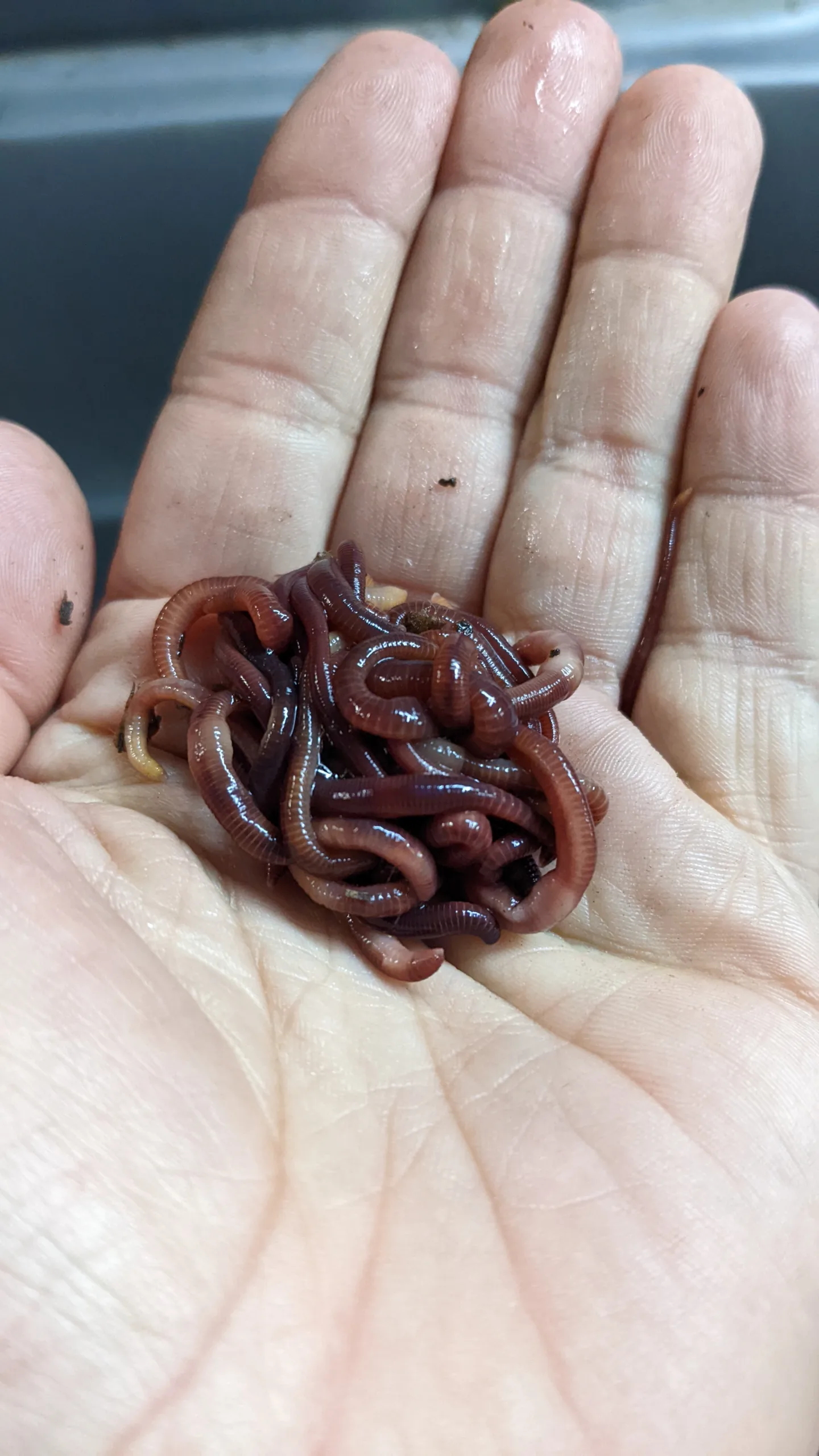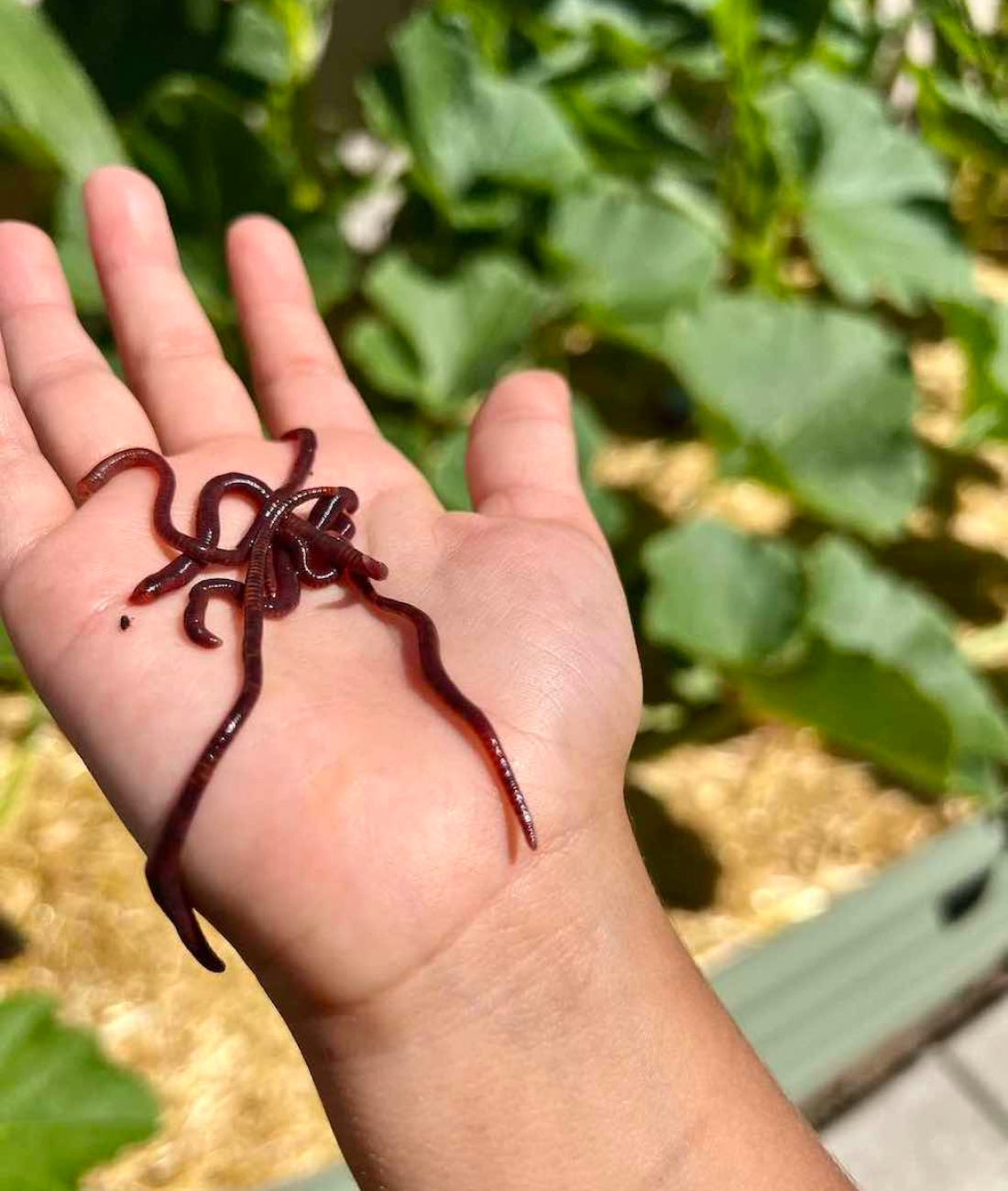Red Wiggler Express for Dummies
Red Wiggler Express for Dummies
Blog Article
Not known Facts About Red Wiggler Express
Table of ContentsRumored Buzz on Red Wiggler ExpressSome Known Incorrect Statements About Red Wiggler Express The Facts About Red Wiggler Express RevealedLittle Known Facts About Red Wiggler Express.Unknown Facts About Red Wiggler Express
And the prospering Red Worm populace? Even in the load that was established up straight in front of yard composters with existing Red Worm swarms.
Several varieties, including Red Wigglers, European Nightcrawlers, and Lumbricus types were brought over from the European continent. Here's the thingNative or not - and as talented as they are at being able to make it through in a wide-range of atmospheres and problems -. To put it simply, they are far a lot more most likely to hang around in any active composting systems you have established up, than they are to stroll off and start ruining the environment.
Origins call for oxygen for respiration and rely upon smooth air movement within the dirt to grow. When it rains, soil can end up being saturated with water, reducing the oxygen offered and impeding vitamins and mineral absorption. To keep an ideal balance, the soil should allow water to drain effectively, leaving adequate area for air to sustain origin wellness
Red Wiggler Express - An Overview

When it pertains to worms for composting, what enters your mind? If you were an earthworm dog breeder, supplier, or plain gardener, after that you 'd recognize that red wiggler worms are the ideal worms for vermicomposting. For more information concerning these planet wonders, reviewed several of the red worm realities listed below.
(http://relateddirectory.org/details.php?id=263645)However if they stretch their bodies, you'll be able to see the red stripes on their skin. When increasing worms such as red wiggler worms, you must be able to know exactly how to make excellent use of them. When you have the ability to keep and look after their environment well, and likewise feed them the best sort of natural wastes, then they'll be able to create nutrient-packed and quality-rich worm spreadings for you (likewise referred to as worm poop or garden compost).
Red Wiggler Express - An Overview
What do worms eat? Well, these red wriggler worms can be fed with kitchen area scraps and yard wastes.

This behavior makes them well-suited forever in worm bins, compost heap, and other restricted areas where natural waste is abundant. Creating an optimal environment for red wigglers needs a thoughtful strategy. Consider the complying with crucial elements to care for red wigglers in your home and ensure their well-being: Use a bed linen of shredded paper or cardboard.

Red wiggler worms replicate by laying small, lemon-shaped eggs in protective cocoons. These cocoons are typically transferred in the bedding and hatch into infant worms within a couple of weeks.
7 Simple Techniques For Red Wiggler Express
Their adaptability and durability have actually made them a prominent choice for vermicomposting in numerous regions around the world. Yes! They can survive from a variety of 32F to 90F. They are incredibly versatile pests. Take into consideration protective measures for very extreme temperature levels such as: Shielding the worm bin with layers of straw or leaves.

Simply keep in mind - you can always add even more food later (but it's hard to remove feed once it's been added to a bin!).
Due to the fact that I fed the red wigglers and compost worms too a lot, they weren't able to maintain and over time the older food went leftover and produced anaerobic problems that killed the worms. The excellent information is that there are really easy actions you can take to ensure this doesn't take place! Right here're the 6 principles for how usually and just how much to feed your worms: Policy # 1: Small amounts! You can constantly include even more food later.
The Definitive Guide for Red Wiggler Express
Leftover food will cause anaerobic problems that will certainly kill your real-time worms. It is okay to spray a little of their original bedding (which needs to currently be in the container) over the food, however the food must never ever be hidden and should show up to your eye. Policy # 5: See policy # 1! Policy # 6: After the initial feeding, feed the worms 1/3 to 1/2 of their weight.
Report this page